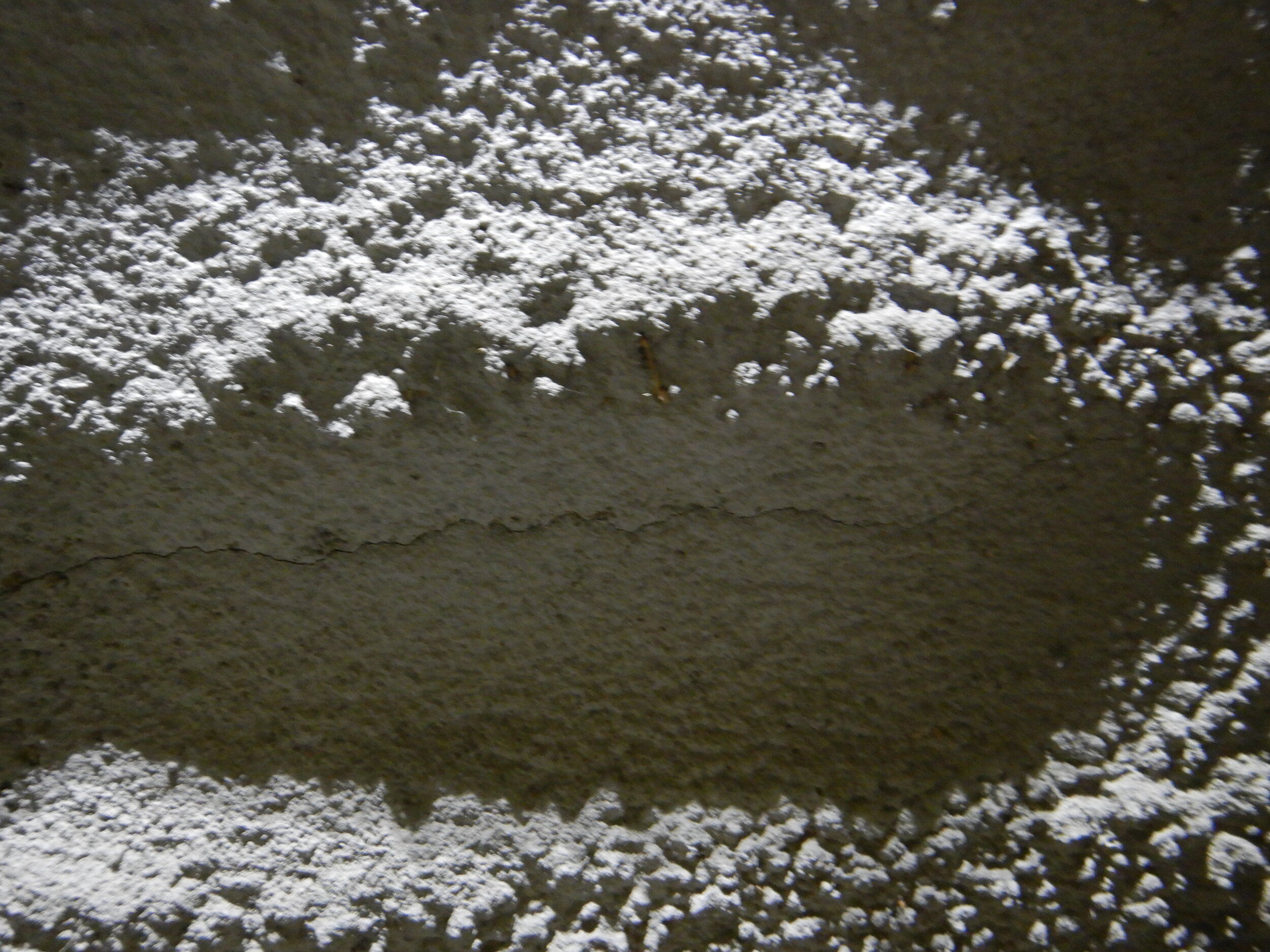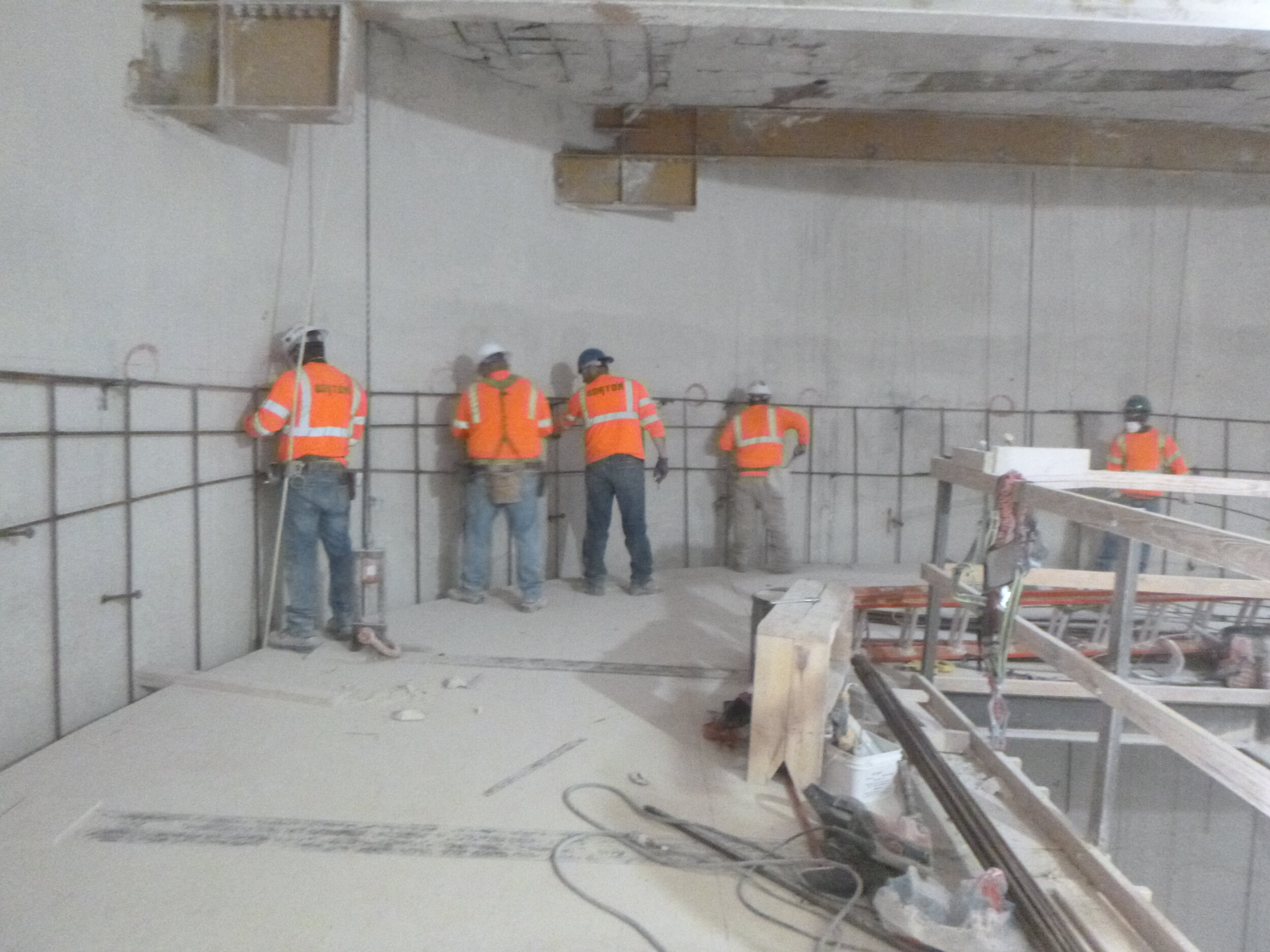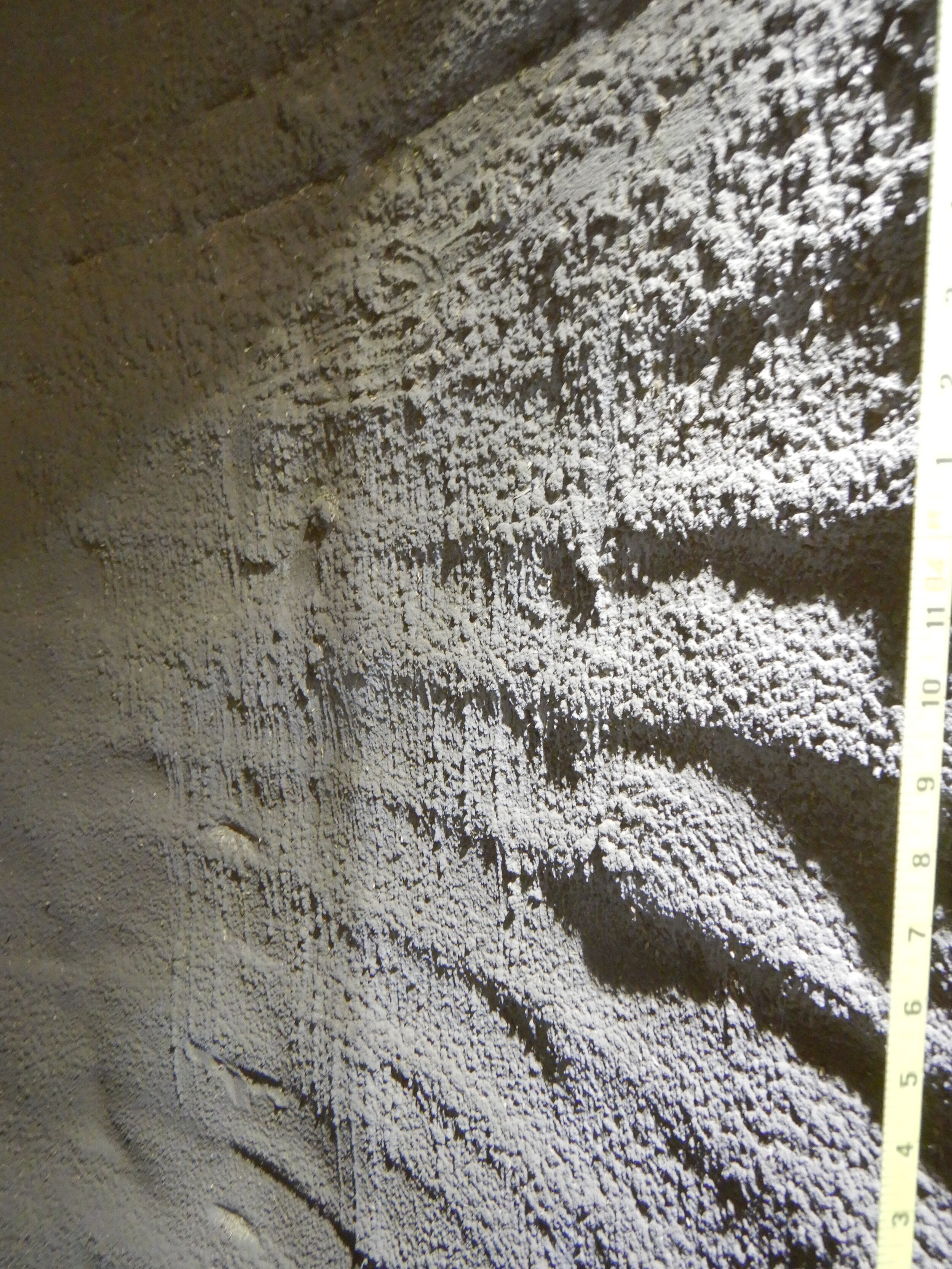Silo Wall Repair Options
When an owner learns that their silo has been compromised, they are faced with several decisions. The first is what to do next? There are several options:
Do nothing. This is a choice – while sometimes a passive one, it is still a choice. In this case, the owner decides not to invest in the infrastructure. There are two sub-choices here, actually:
Do nothing and keep using the silo. If an experienced professional has recommended that a silo / storage space (could be a round silo, an interstice (aka “star bin”), “fan” bin (exterior storage space) or several others) no longer be used for storage, and an owner decides to ignore this, he/she is putting himself at risk, and possibly exposing facility personnel to danger of injury or death.
This reinforces the thought that it’s important to hire professionals that know what they’re inspecting. Hiring a local engineer or a less expensive engineer based simply on economic factors can and has led to disastrous consequences. An inexperienced engineer can make erroneous recommendations – either not understanding what he/she is seeing and ignoring it, or making overly conservative recommendations to stop operations when the conditions do not warrant it.
Do nothing and stop using the silo. This is a more active decision and one that can be a reasonable and fiscally responsible decision. It may be that the facility can do without the storage that one silo of many provides, and that the structure is stable empty.
Follow the recommendations. Typically resulting in the need for robust strengthening of having a reinforced concrete liner installed. In this case, the owner typically has another decision: how to build this liner. There are several options.
Carbon / similar fiber sheet reinforcement. This method is gaining in popularity – it does not affect storage capacity, and is generally less expensive to install and is less disruptive. However, this method can has its limitations: typically when a silo structure has been compromised, the repair needs to encompass the entire perimeter, all 360 degrees of the bin. Also, fiber sheet reinforcement cannot resist all forces / ways the material pressures are ruining the silo. So, before this interesting new material is installed, many questions need to be answered.
Shotcrete / gunnite reinforced liners. These liners are typically constructed with a thin, sometimes less than 4” thick per design, wall. The new reinforcement is hung in the silo, then applicators install gunnite / shotcrete on the interior face of the silo. This method certainly can be a relatively inexpensive option, but our experience has shown several serious flaws with it.
Things we’ve seen:
Inadequate cover over the newly installed reinforcement. Horizontal steel is typically the primary load resisting reinforcement in a silo / liner. This horizontal reinforcement is comprised of several individual pieces of reinforcement that are lapped together to provide resistance around the entire perimeter / 360 degrees of the silo. If there is insufficient concrete cover over the reinforcement, these lap splices are inadequate and may not provide the load resistance around the perimeter as needed / expected.
Improper placement of the shotcrete / gunnite material. We’ve inspected many silos with liners, and found issues with sections of the material used for the liner debonded from the remainder, or with significant cracking as a result of improper placement. A contractor installing a liner is looking to do it as efficiently as possible. Therefore, the nozzle man/woman may be under pressure to speed the installation, leading to thinner liners than per design, or installing the material in a manner that leads to cracking in the liner.
Slip formed liners. These liners are built with reinforcement steel installed beforehand, then concrete is placed in forms that “slip” upward. This results in uniform liner wall thickness, and typically results in higher quality / reliability concrete as compared with shotcrete / gunnite. Certainly, issues can arise with this method, but a slip formed liner will, most generally, provide the longest lasting repair for a silo wall. Costs can be higher than other methods, but the investment usually will usually pay off in the long run, providing decades, not just years, of additional service.



